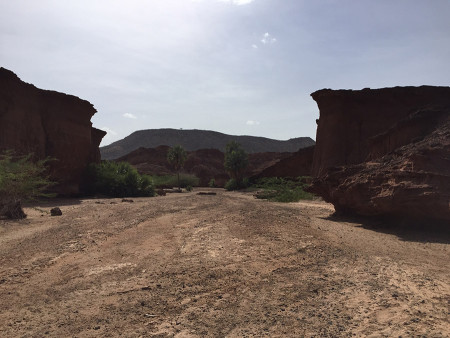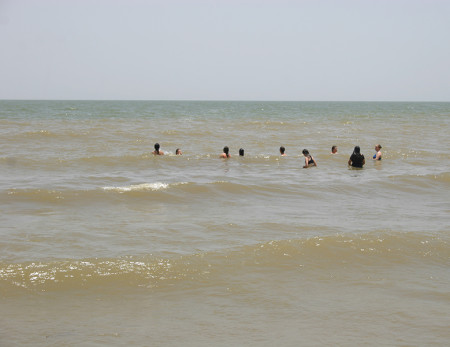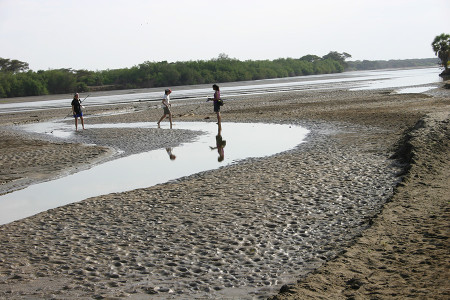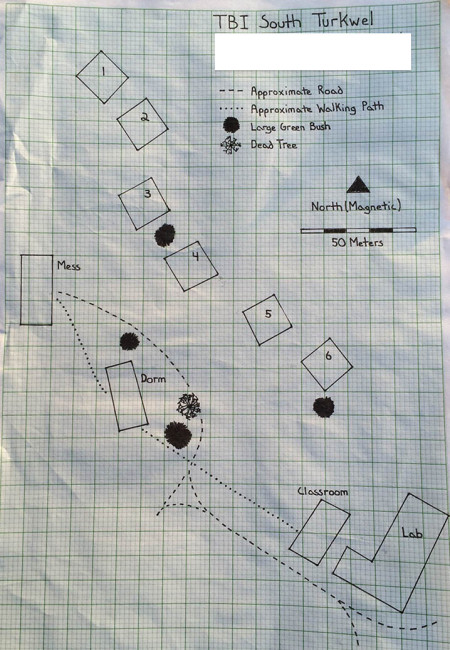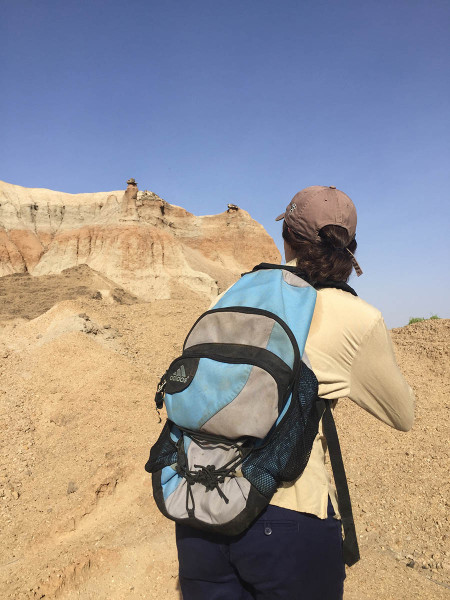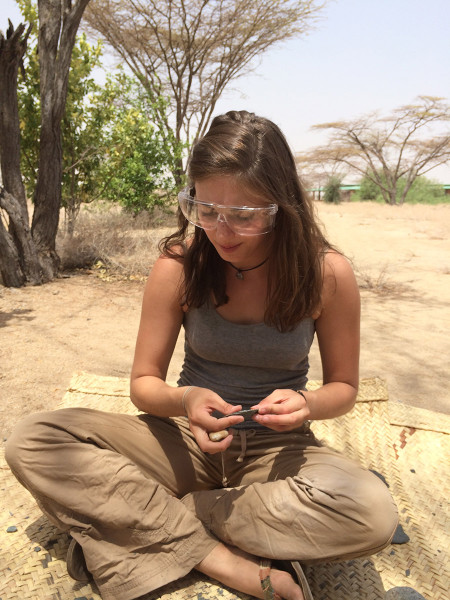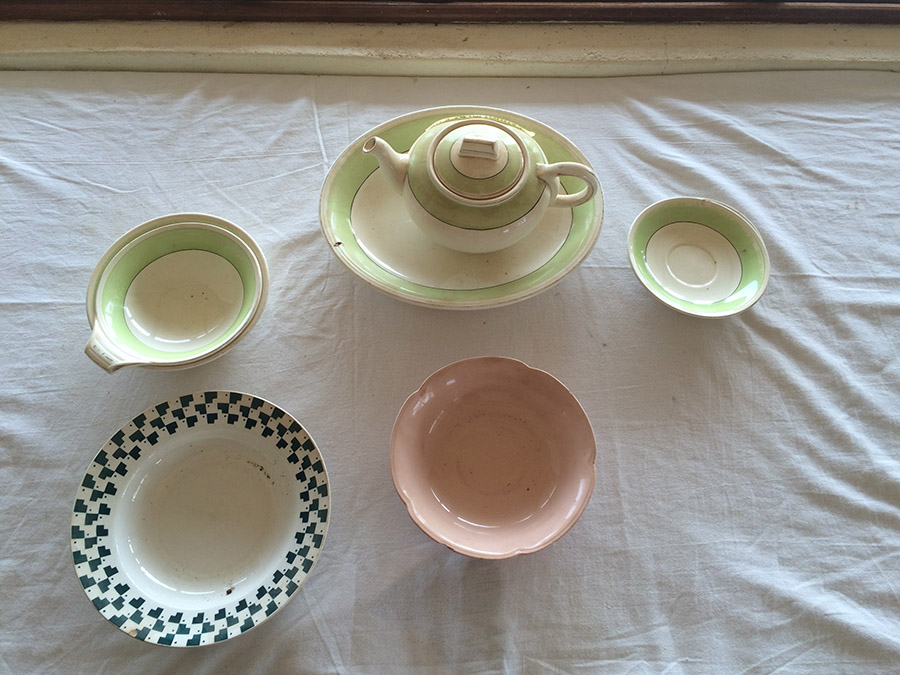Lothagam – a geologist’s wonderland
Lothagam- basaltic lava flows, lahars, faulting, volcanic ash, erosion, river channel deposits, muddy floodplains and ancient soils, lake deposits, shell beds, oyster reefs, more volcanic ash, more faults, more erosion, more deposition, and so much more! Day 1 Dylan's gazes out of the lowry as we approach Lothagam. Camping spot. [...]

